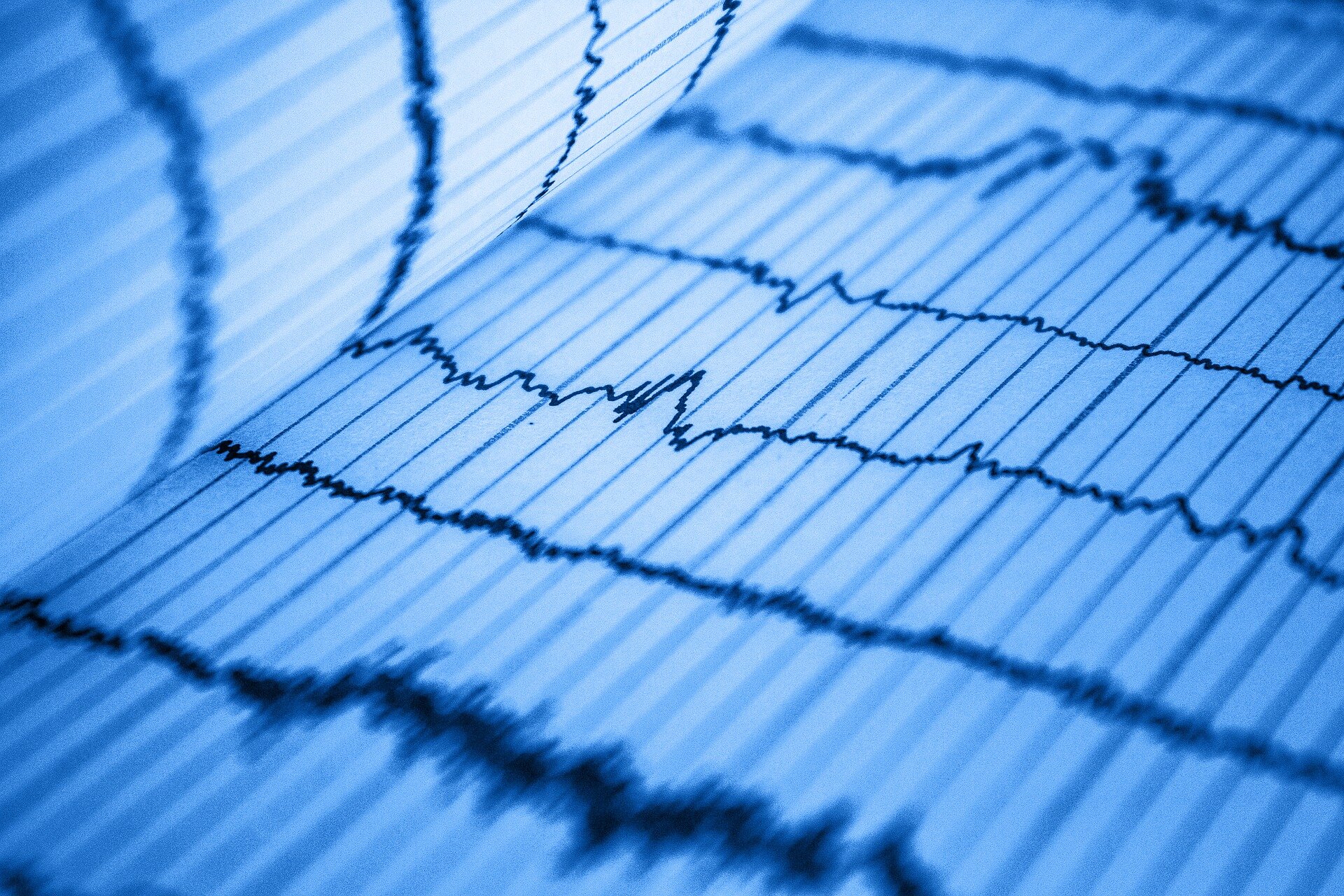
Heart failure is most commonly detected by echocardiogram imaging tests, but these tests are not normally part of a routine physical exam. Access to echocardiography is in this instance limited, and yet a late diagnosis makes life-prolonging treatment more challenging.
Medical researchers have identified this limitation in the past. As was pointed out, "Patients with American College of Cardiology/American Heart Association (ACC/AHA) Stage B heart failure, also known as asymptomatic left ventricular dysfunction (ALVD), are characterized as having evidence of structural heart disease (i.e., left ventricular dysfunction, left ventricular hypertrophy) without overt clinical signs or symptoms of heart failure," according to Cardiology Reviews.
A digital health company has been collaborating with the Mayo Clinic in the hopes of making a difference in enabling doctors at routine medical visits to tell if a patient is at risk of heart attacks and stroke.
Eko is the company working to apply AI to the ECG for a powerful screening tool that can flag the presence of ALVD. Developed in collaboration with the Mayo Clinic, a novel ECG-based algorithm is in the wings, one that would help healthcare providers detect heart failure during a standard physical exam.
The team trained a convolutional neural network to identify patients with ventricular dysfunction, using just ECG data.
How it works:
The algorithm analyzes 15 seconds of ECG data collected from an Eko "DUO digital stethoscope" during a physical exam. In medical parlance, it would make it easier to identify "reduced left ventricular ejection fraction." The latter is a sign of a weakened heart.
"A low ejection fraction means that the heart pump is weak, which can lead to shortness of breath, swelling, exercise intolerance, or sudden death, so it is important to identify, as many treatments exist," said Dr. Paul Friedman, chair of the Department of Cardiovascular Medicine at the Mayo Clinic.
Christine Fisher in Engadget discussed the process: "The algorithm is designed to work with Eko's DUO digital stethoscope. The handheld device can be placed on the left side of a patient's chest and collects both heart sounds and ECG data. The device could make gathering that ECG data easier during routine exams, and in the future, it could be used in telehealth settings. Patients might use the device at home, and the data, including the algorithm's findings, would be sent to their healthcare provider."
"By analyzing the electrical activity of the heart, the algorithm can detect when the heart is pumping out a lot less blood than it should during each cycle, which is a sign of heart failure. Patients can then seek preventative treatment to possibly avert bad outcomes like a stroke," said Brian Rinker in San Francisco Business Times.
How accurate is their tool? Results are in from a January paper and more recent investigations too. The abstract of the researchers' January 2019 paper, in Nature Medicine, stated that "When tested on an independent set of 52,870 patients, the network model yielded values for the area under the curve, sensitivity, specificity, and accuracy of 0.93, 86.3%, 85.7%, and 85.7%, respectively."
In further clinical studies at Mayo Clinic, the DUO combined with the AI algorithm was able to detect ejection fraction < 35% with an area under the curve (AUC) of 0.90.
Eko reported that "When tested on 100 patients, the DUO combined with an AI model was able to detect ejection fraction < 35% with an area under the curve (AUC) of 0.90, which is comparable to previously published research in Nature Medicine. These findings could help identify patients with a low ejection fraction during routine physical examinations, facilitating rapid clinical recognition of those requiring further testing. This marks the first time that a point of care device with a single lead ECG combined with an AI algorithm identified low ejection fraction in patients."
The digital-stethoscope approach from Eko awaits Food and Drug Administration clearance. On Wednesday, however, Eko shared its news that the FDA had granted the company breakthrough status for its ECG-based algorithm. The news release pointed out that "This status does not mean the algorithm has received FDA clearance."
Rinker in San Francisco Business Times provided a clear capsule of what this "breakthrough status" means for the company and for future patients.
The process for approving medical devices and drugs typically moves at a glacial pace at the FDA, he said, but with the breakthrough designation, Eko would have access to a speedier approval process, reserved for devices that can offer "more effective treatment or diagnosis of life-threatening or irreversibly debilitating diseases or conditions," according to the FDA.
Rinker explained Eko's business, in that it "sells 3 types of digital stethoscopes that can pick up subtle sounds in the heart and then send the data for analysis to an AI software platform on a mobile device. The idea is that in a few seconds the AI can detect abnormalities in the heart."
The January paper detailing the research is titled "Screening for cardiac contractile dysfunction using an artificial intelligence–enabled electrocardiogram," by Zachi Attia, Suraj Kapa, Francisco Lopez-Jimenez, Paul McKie, Dorothy Ladewig, Gaurav Satam, Patricia Pellikka, Maurice Enriquez-Sarano, Peter Noseworthy, Thomas Munger, Samuel Asirvatham, Christopher Scott, Rickey Carter and Paul Friedman.
More information: Zachi I. Attia et al. Screening for cardiac contractile dysfunction using an artificial intelligence–enabled electrocardiogram, Nature Medicine (2018). DOI: 10.1038/s41591-018-0240-2
Brent Reed et al. Stage B: What is the Evidence for Treatment of Asymptomatic Left Ventricular Dysfunction?, Current Cardiology Reviews (2014). DOI: 10.2174/1573403X09666131117164352
© 2019 Science X Network
Citation: FDA breakthrough status for screening algorithm is encouraging hopes to flag heart failure risks (2019, December 21) retrieved 21 December 2019 from https://techxplore.com/news/2019-12-fda-breakthrough-status-screening-algorithm.html
This document is subject to copyright. Apart from any fair dealing for the purpose of private study or research, no part may be reproduced without the written permission. The content is provided for information purposes only.
